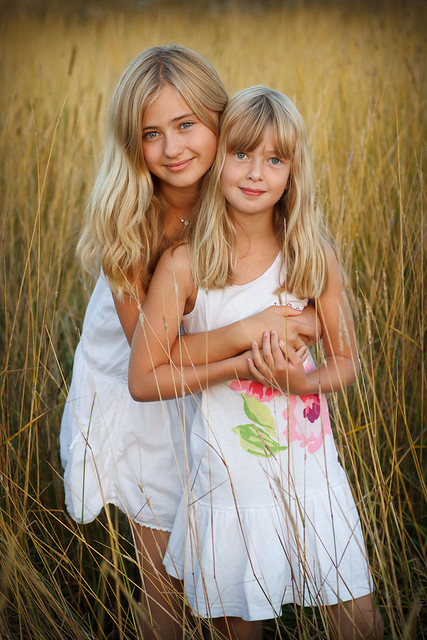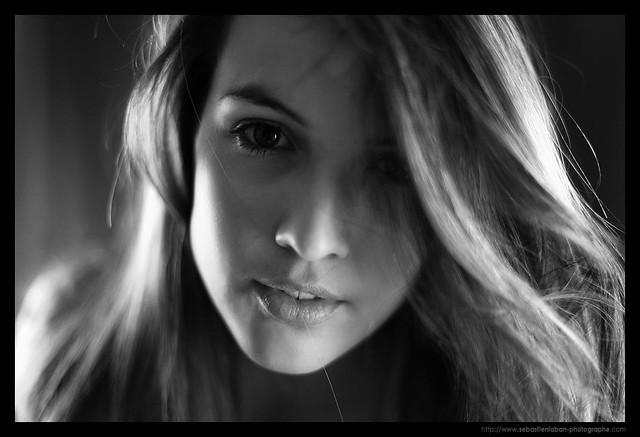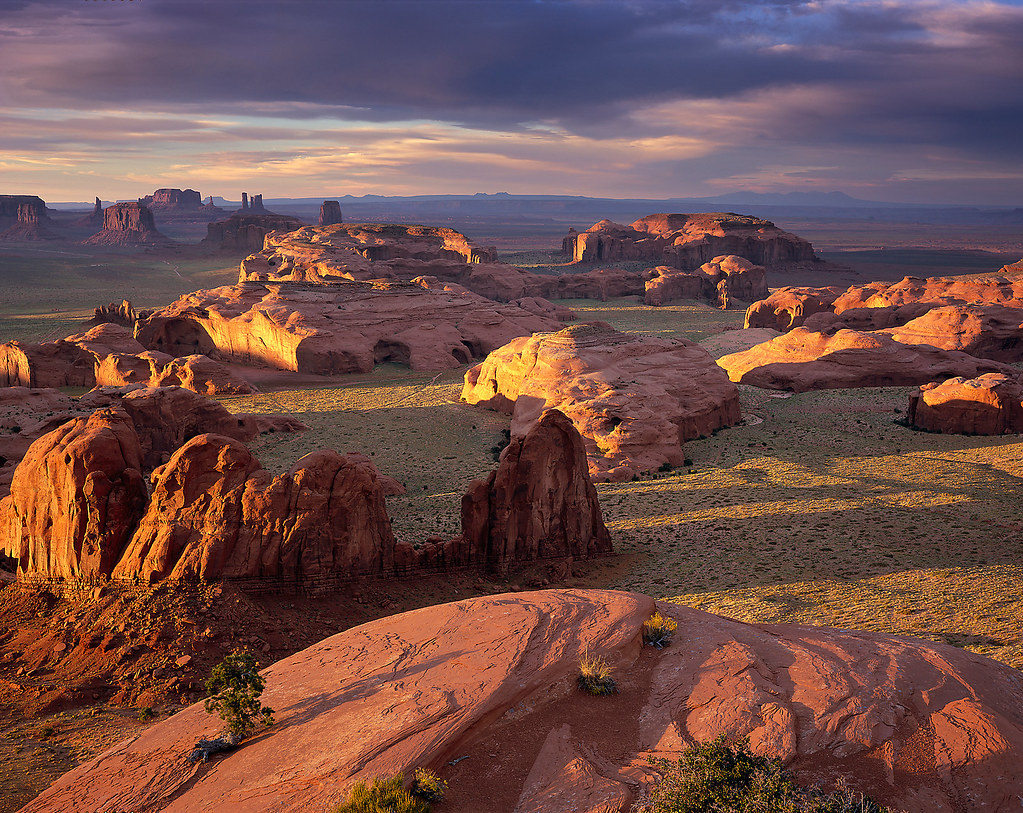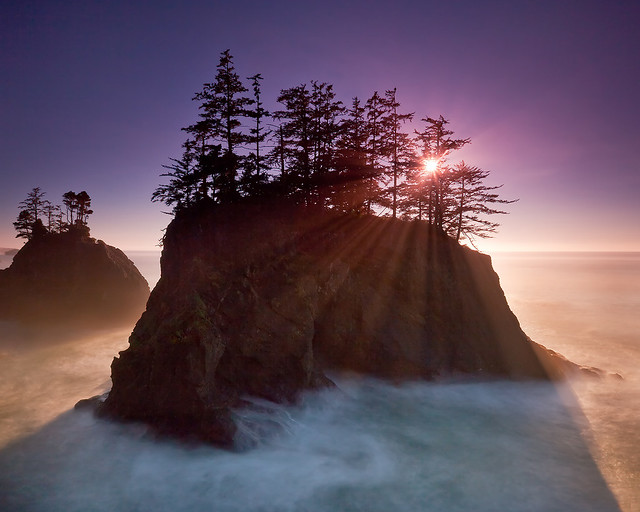i am not fond of light backgrounds outdoors... just a personal taste i have developed... especially around the head of my subjects
so i chose the tree as the background... that means getting lower than my subjects because the tree is fairly close (say 15-20 feet away from subject)
i grab my 70-200mm lens... i have really learned to enjoy this lens for personal portrait work
i have my wife grab the reflector and my SB800, which is incidentally triggered by the cactus v5
i find the cactus just right for my needs with the SB800
since i am shooting A mode and my fstop is around f3.2 and ISO 200, so i guess at 1/4 power. my wife is holding the flash in one hand in front of the reflector (which is on the silver/gold mixed side) to match the warmth of the almost-sunset. she stands about 6 feet away from the subject
here's the shot...
the sun is coming in from the subjects left side and my light is popping from subjects right side
i am trying to match the sunlight in intensity (a nice thing is about using strobes with sunlight is that they match color value quite well versus the mixed lighting you get with indoor lights)
also important to note here is that my exposure value is at -1 2/3 and i am on pattern or matrix metering
this exposure value allows me to pop my subject in brightness by decreasing the ambient light (the items not influenced by the flash) and then correctly exposing the subject
---we have to be careful of the shadows on the subject brought by the flash... the sun is a softer light source than the bounced flash -as evidenced by the softer shadows on the subjects left cheek/neck
next image...
no flash... only ambient light
settings --- keep the ISO at 200, still bright enough for that, even with 135mm zoom
also keep the A priority and then set the EV up to -2/3 because it's all natural light now and i don't have that fill flash to compensate for the decreased EV
shooting now at f2.8, which it could be argued is giving me too short of a focal length (as evidenced by baby in focus while mommy is out of focus (slightly))
i am still not placing the light directly behind me... instead i am adding some depth by having it at about 5pm if 12 noon is at the subject
in this case, we can add some vignette around the edges to enhance the light on our subject and potentially even use some gradients with exposure decreased (here i went to LR and used 3 gradient filters with decreased exposure values of about -1.2
pic of the day
you can almost see the setting sun in the eyes of the subjects here
that evening light combined with the reflected sunlight behind them off of the grain creates a very soft and warm light
























































